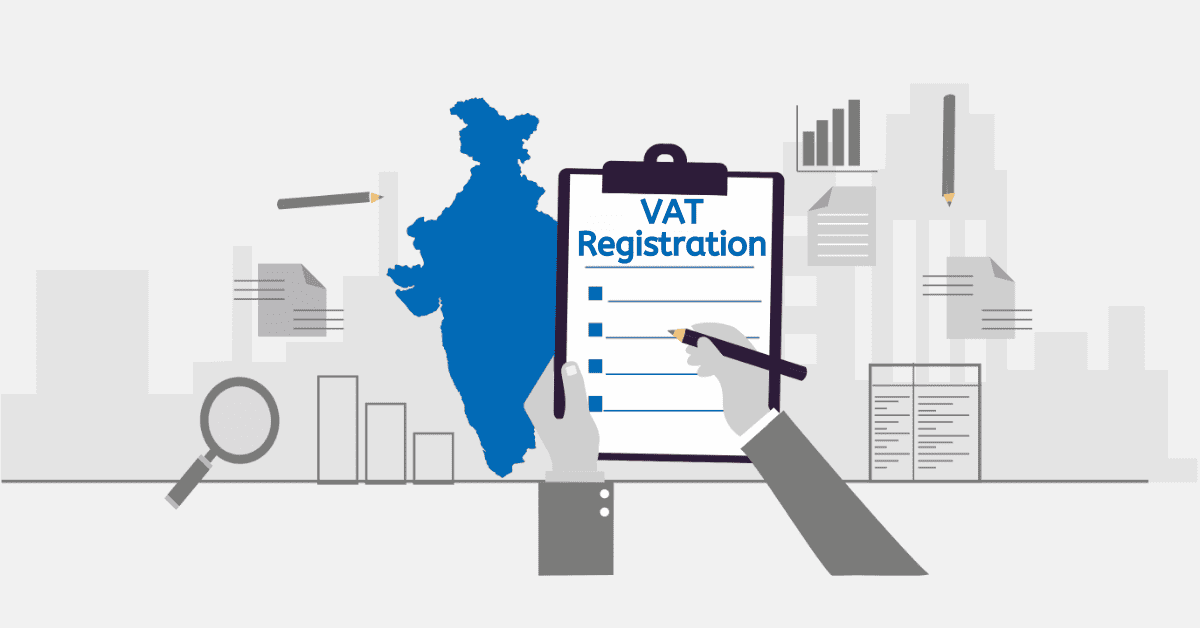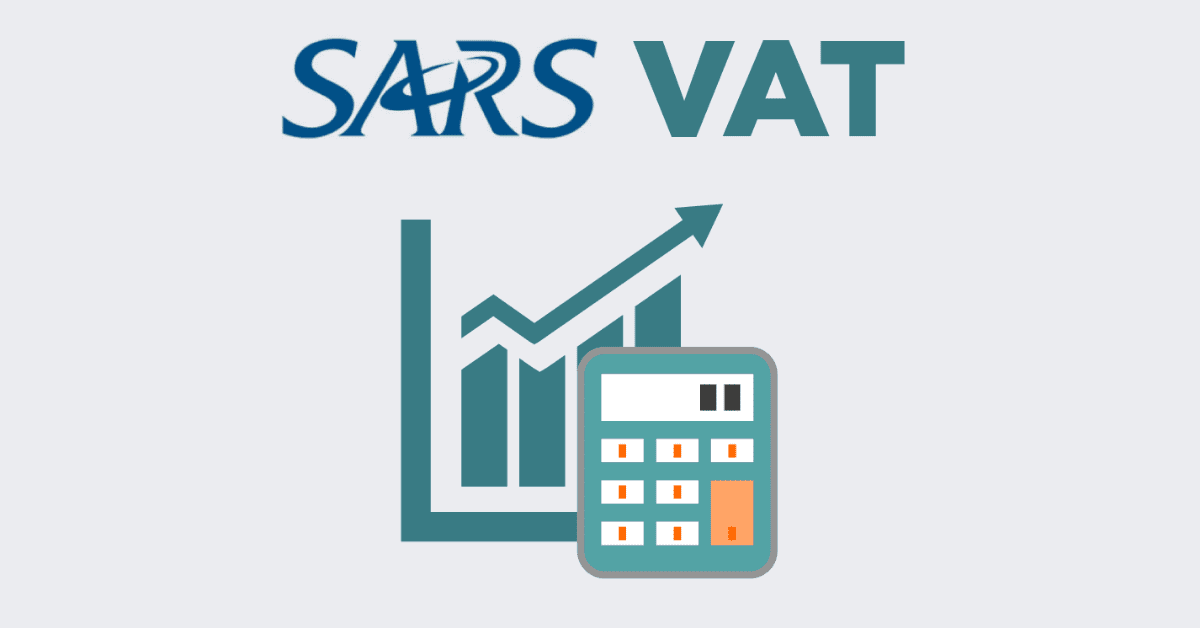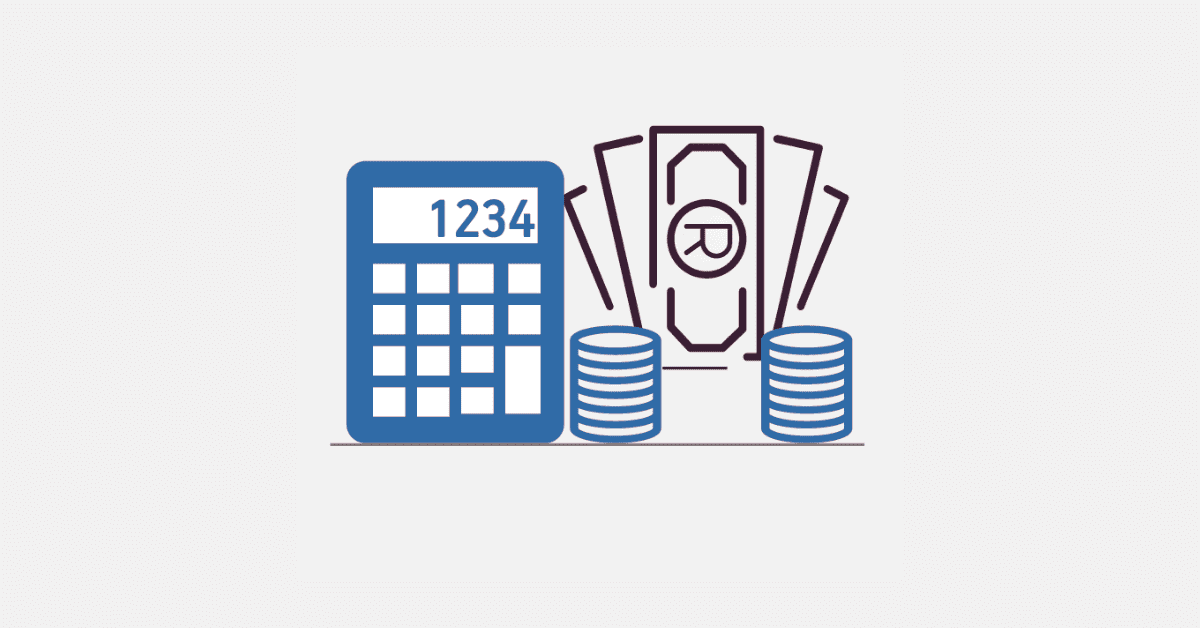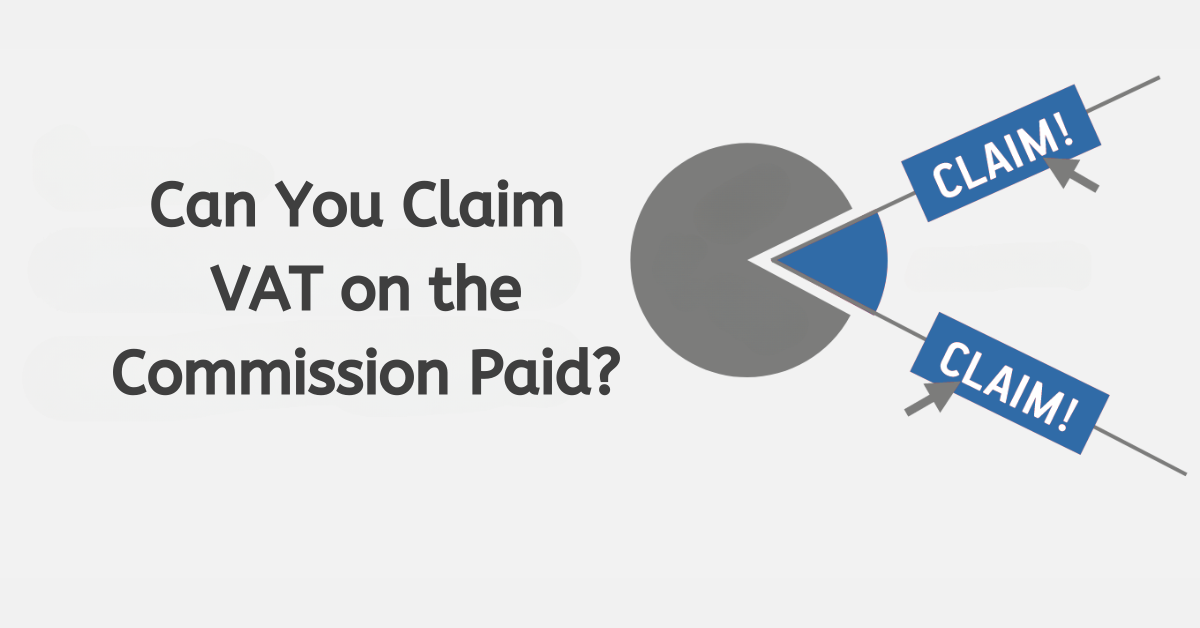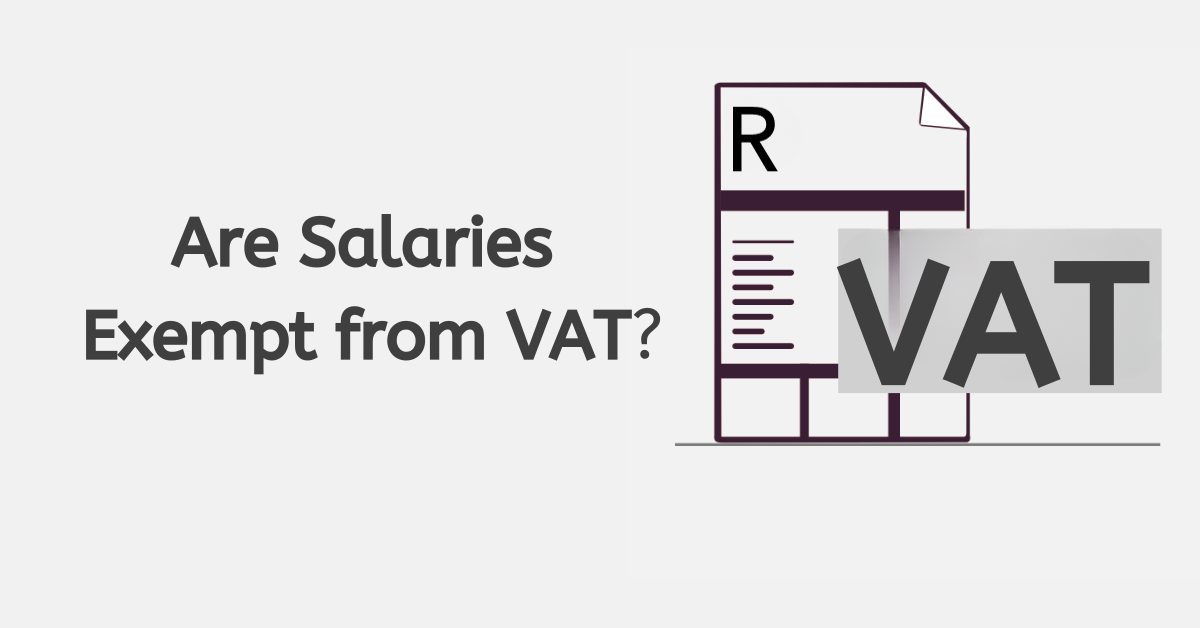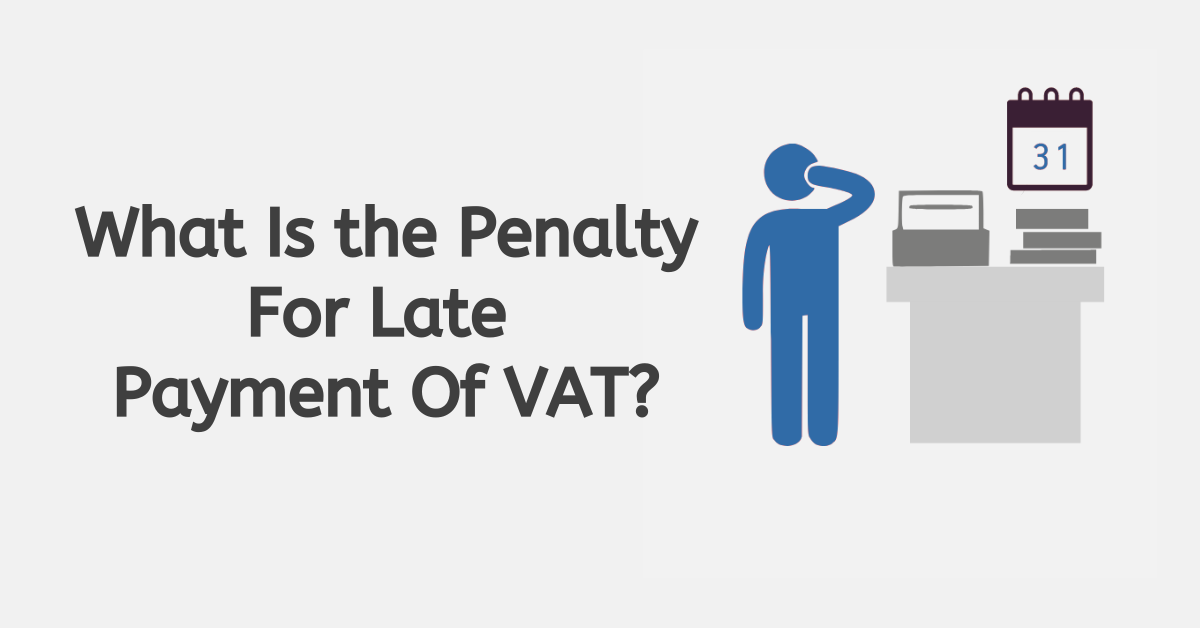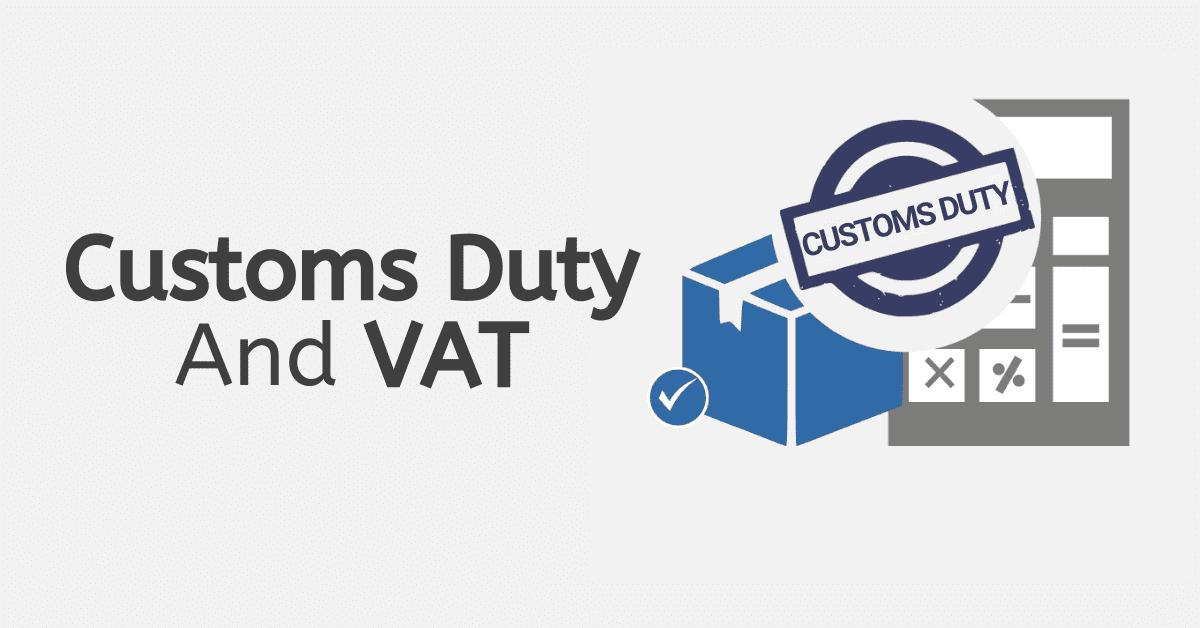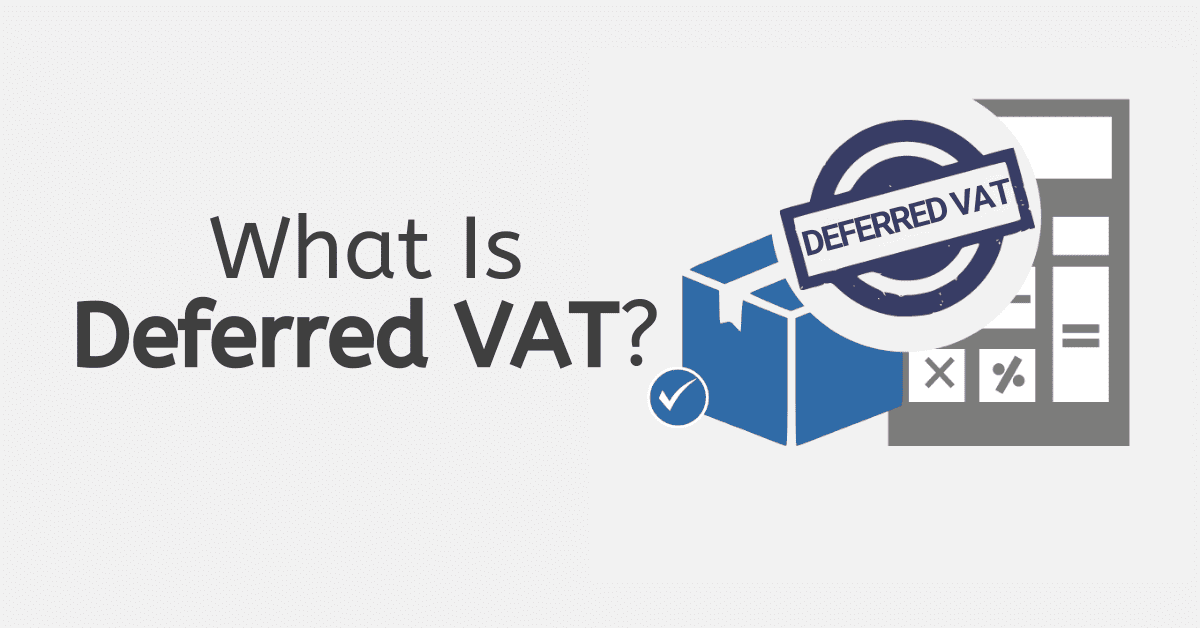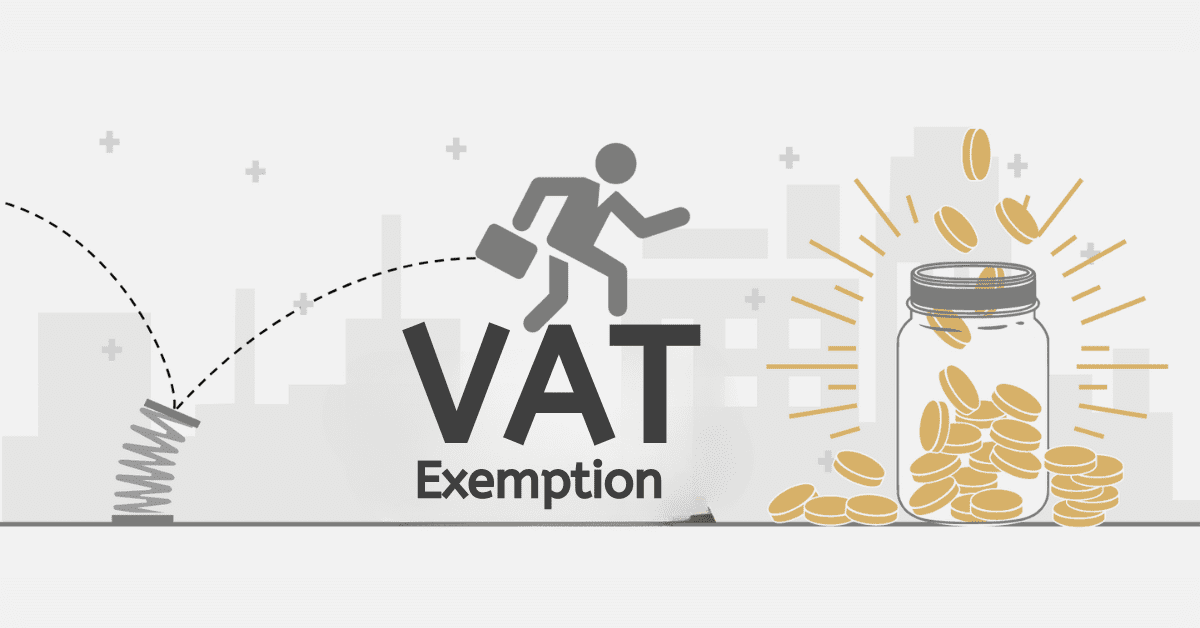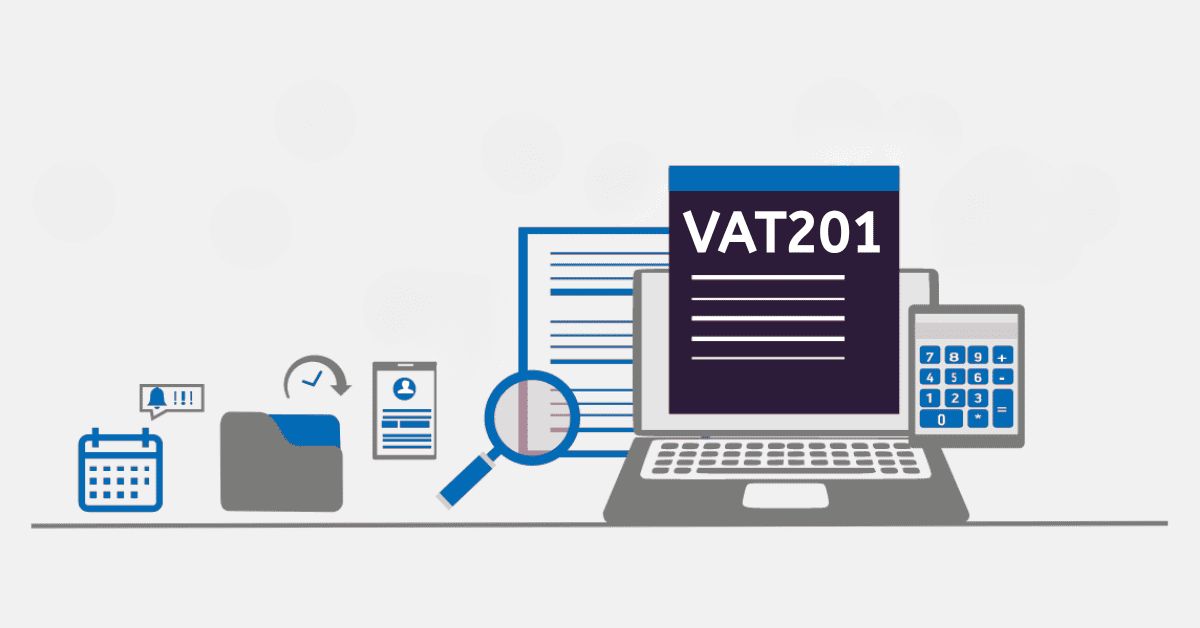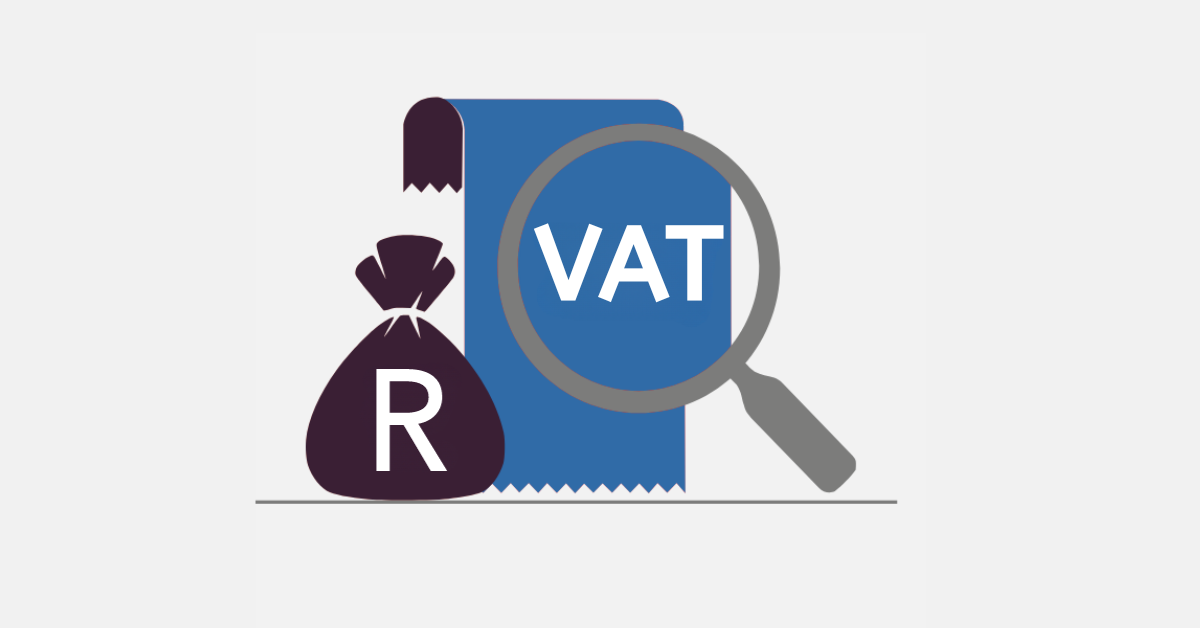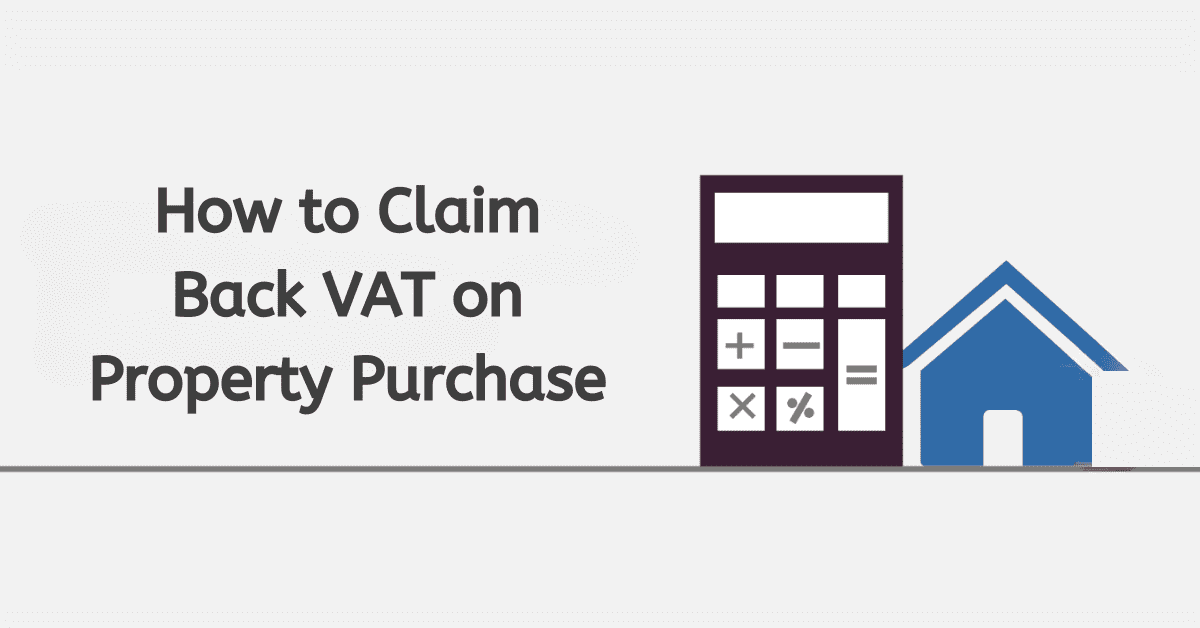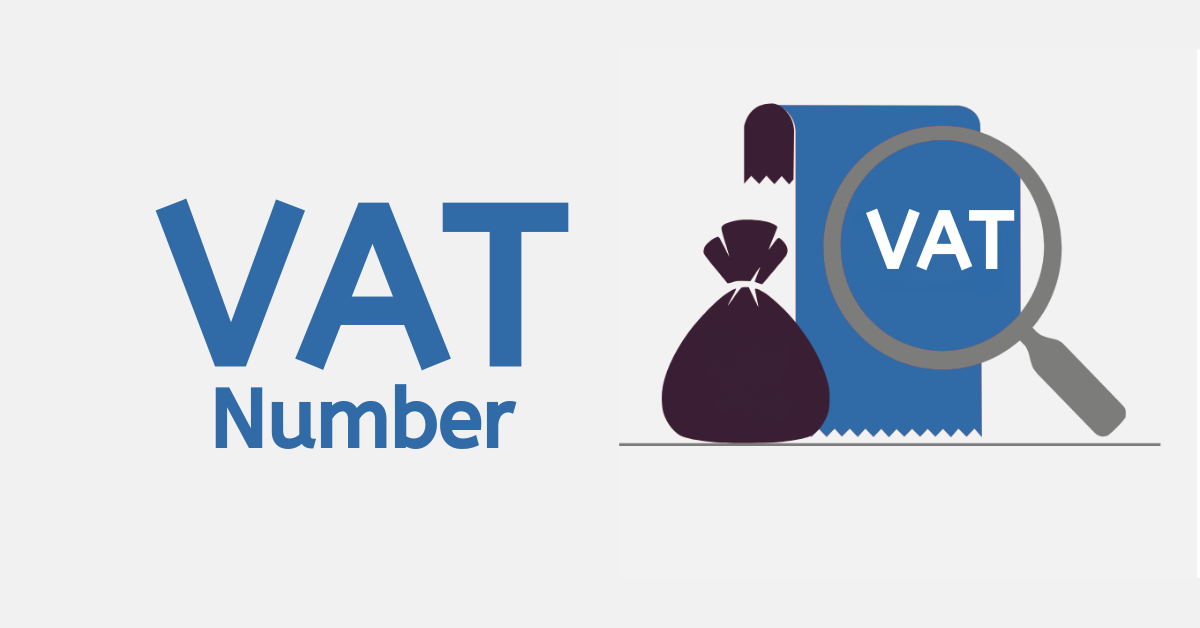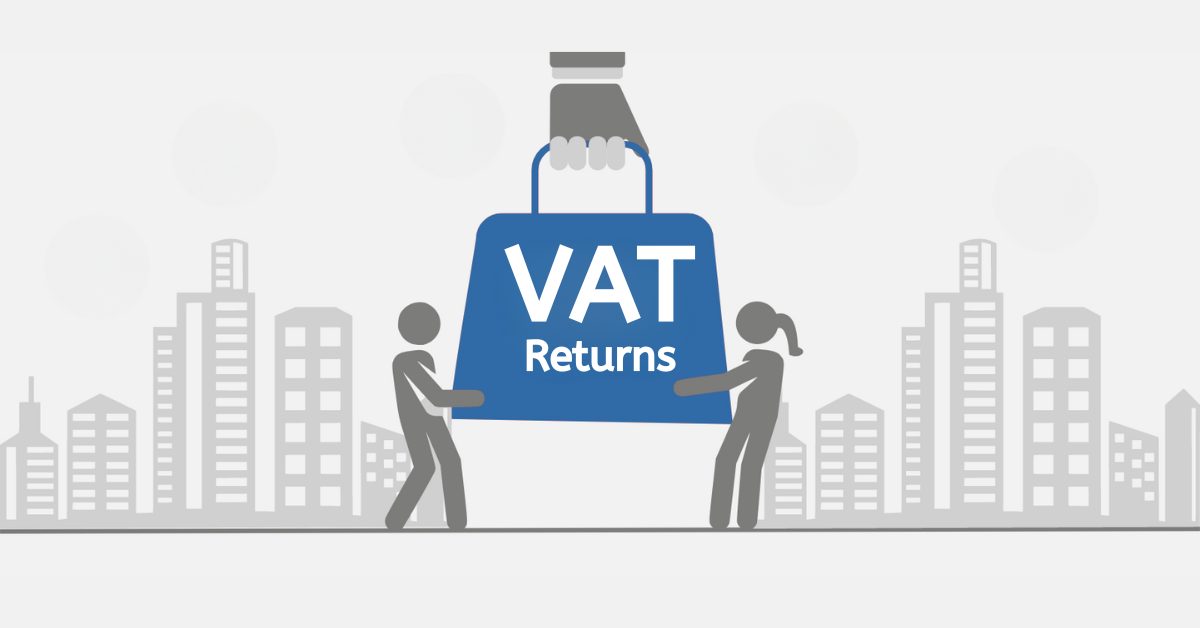Value-added tax (VAT) plays a critical role in South Africa’s taxation system. VAT is applied to most goods and services along different stages of the supply chain up to the final consumer. Knowing how to calculate gross amounts from VAT will be an added advantage if you own a business. This explains everything you want to know about calculating gross amount
How to Calculate Gross Amount From VAT Amount?
When VAT is added, the price of a product charged is known as the gross amount or inclusive amount because of the inclusion of VAT. You can use a calculator to get the gross amount after adding VAT. The standard VAT rate in South Africa is 15%, which is added to different products and services offered by VAT-registered vendors.
How Do I Calculate the Net Amount From the VAT Amount?
The price charged before adding VAT is known as the net amount or VAT exclusive. When VAT is not included, all you have is the net amount. However, when VAT is added, you can calculate the net amount by subtracting the VAT amount added from the gross amount.
How Much Is VAT in South Africa?
VAT is an indirect tax levied on the consumption of services and goods in the economy. The government generates revenue by requiring certain vendors to register for VAT so they pay the tax to SARS. The standard VAT rate in South Africa is 15%, and the vendors apply it on specific supplies of services and goods known as output tax.
VAT is applicable on taxable supplies, and it can be charged using the current standard rate or zero (0%) rate. There are few services and products that are exempt from VAT or charged zero rates. For instance, goods and services taxable at a 0% VAT rate include the following:
- Sanitary products like pads
- Exports of products
- Services supplied to foreign missions outside South Africa
- Services related to land development supplied outside South Africa
- Services supplied by municipalities
- Unleaded gasoline, paraffin, or kerosene
- Transfer of business concerns
- Supply or agricultural products
- Supply of specific fuels
- Intellectual property supply outside South Africa
The following services and goods are exempt from VAT:
- Educational services
- Child care
- Financial and insurance services
- Public transportation services
- Goods donated for welfare or charitable organizations
- Rental services
- Supplies offered by non-established businesses
- Immovable property outside South Africa
- Supplies made by councils to their registered members
The type of your business plays a crucial role in determining the amount of VAT you will pay to SARS.
How Is VAT Backwards Calculated in South Africa?
The act of removing VAT is also known as reverse VAT calculation. When you remove VAT, this will help you determine the base price of a product before VAT. It also helps you gain insight into the actual cost of a particular service or product before the inclusion of a tax component.
If any price charged already includes VAT, you can calculate VAT backwards by dividing the amount by 1 plus 15% VAT in South Africa. Divide the amount that you want to work backwards by 1.15 (1 + 15% VAT). Subtract the figure you get from the original number to get the Rand value that excludes VAT. This amount is less than the one, including VAT.
For example, if you want to calculate VAT backwards on R100, you can do the following:
R100 ÷ 1.15 = R83.33
You then subtract R83.33 from R100 (R100 – 83.33 = R16.67)
The VAT amount for a product being sold for R100 is R16.67
Whenever you calculate VAT backwards, there are certain mistakes you should avoid. For example, properly round all amounts to get an appropriate figure. If you use an incorrect VAT rate, you are likely to get your amount wrong. Check if the product or service was rated using 15%. Products or services with zero rates or exempt from VAT are not subject to taxation. If there is a discount, you should include it in your calculation.
There are many advantages you can get from VAT calculations, such as ensuring that you charge the right price instead of undercharging or overcharging. You risk attracting penalties if you overcharge your products and services. With accurate VAT calculations, you can enjoy better decision-making and financial planning. More importantly, your business will comply with tax laws.
If you operate a business in South Africa, it is important to know how to calculate the gross amount or net amount from VAT. Understanding how to calculate VAT backwards is equally critical to help you make informed decisions about your operations. Registered vendors, at some point, may need to work out the VAT amount from an inclusive price to determine their profitability. You may also need to reverse-calculate the original price before adding VAT. While the standard VAT rate in South Africa is 15%, other goods and services are rated at 0%, which makes it imperative to understand different formulas for calculating VAT.
